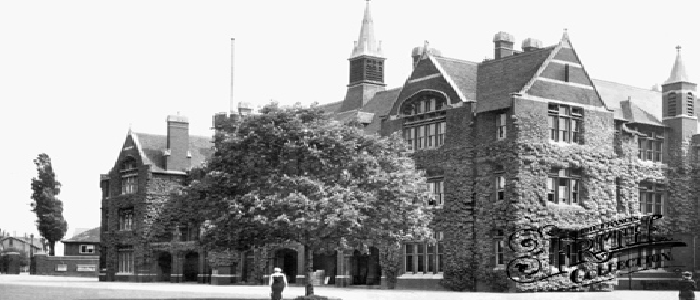Year 12 students began a single lesson with an outline of how management of Cold Environments works. They then had the rest of the lesson to research an example and fit it into the syllabus framework. The points on Lapland by B.Thrasher and P.Ramsbotham would support an essay on this very well when used with specific locationed examples.
Further work from this class can be found on their blog.
What was the short term gain?
Further work from this class can be found on their blog.
What was the short term gain?
Money from tourists coming to the area and the option to create more infrastructures to be able to sustain more and more tourists each year
What management strategy is being used?
Tourism in Lapland is based primarily on the region's clean and unique nature. Nature has been protected more extensively in Lapland than in other parts of the country. This is an opportunity and richness for tourism provided that protected areas can be and are used for tourism in a sustainable way.
They have started controlling the way in which the tourists interact with the land and the local communities and their objectives have been outlines below:
· to ensure that the water supply systems of the main tourist resorts in Lapland meet modern requirements by 2007 (This means that there is less water waste)
· to complete the environmental restoration projects at the tourist resorts by 2007 (To update everything to the most efficient economically and also to use less fuel)
· to continue to use employment schemes (160 person-years) extensively to carry out work promoting tourism and improving the natural environments
· to promote the use of protected areas in tourism
· to encourage the sustainable development of resorts
How does it meet socio economic needs?
A lot of money is still being generated by the ever increasing amount of tourists coming to Lapland to come and see 'Father Christmas' This creates jobs for people in the local communities surrounding areas, e.g. working in a hotel or pretending to be Father Christmas. The money also increases the life style and standard of living for the people affected as a lot more money is being injected into the economy from outside tourists.
How does it meet environmental needs?
All of the dedicated tourist areas have been carefully set up as to make sure that each of them have the most up to date machinery, for example fuel efficient vehicles. Also other aspects have been taken into consideration for example noise pollution and light pollution, where bans have been put in place to make sure that tourists treat the area with care and respect. Here is a quote from a tourist website:
"Mother Nature is our main partner in production and we do all in our power to take good care of her. At this moment over 50% of our snowmobile fleet is equipped with 4-stroke engines which are more environmental friendly than the 2-stroke"















No comments:
Post a Comment